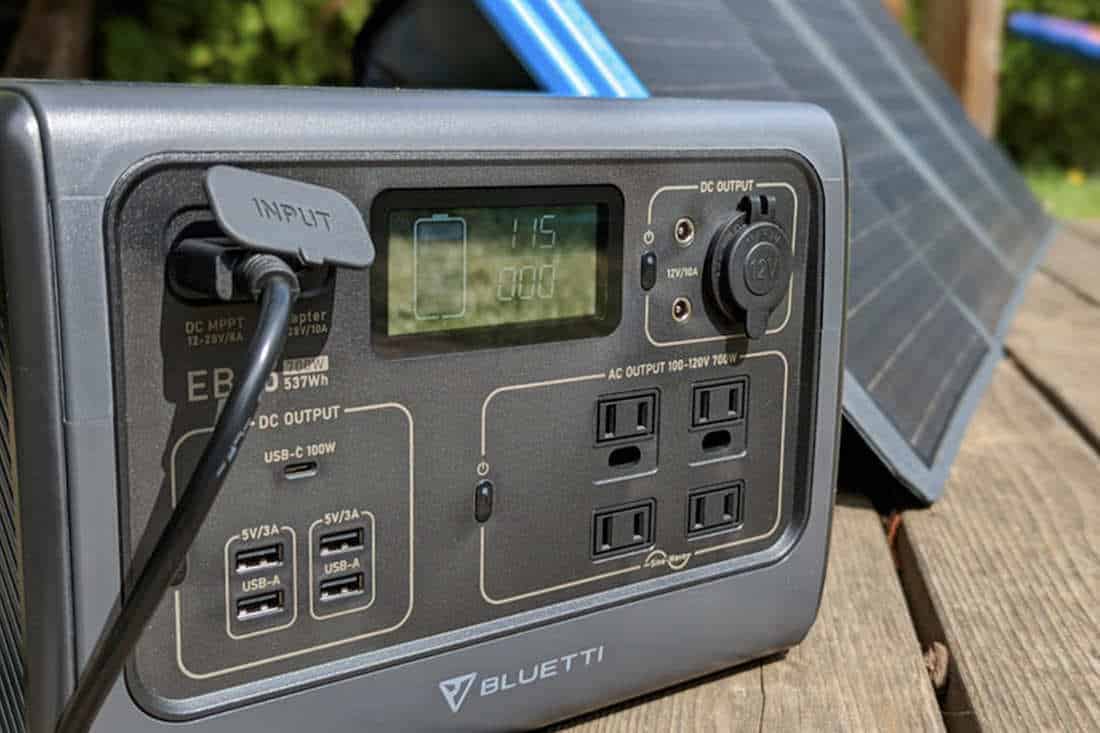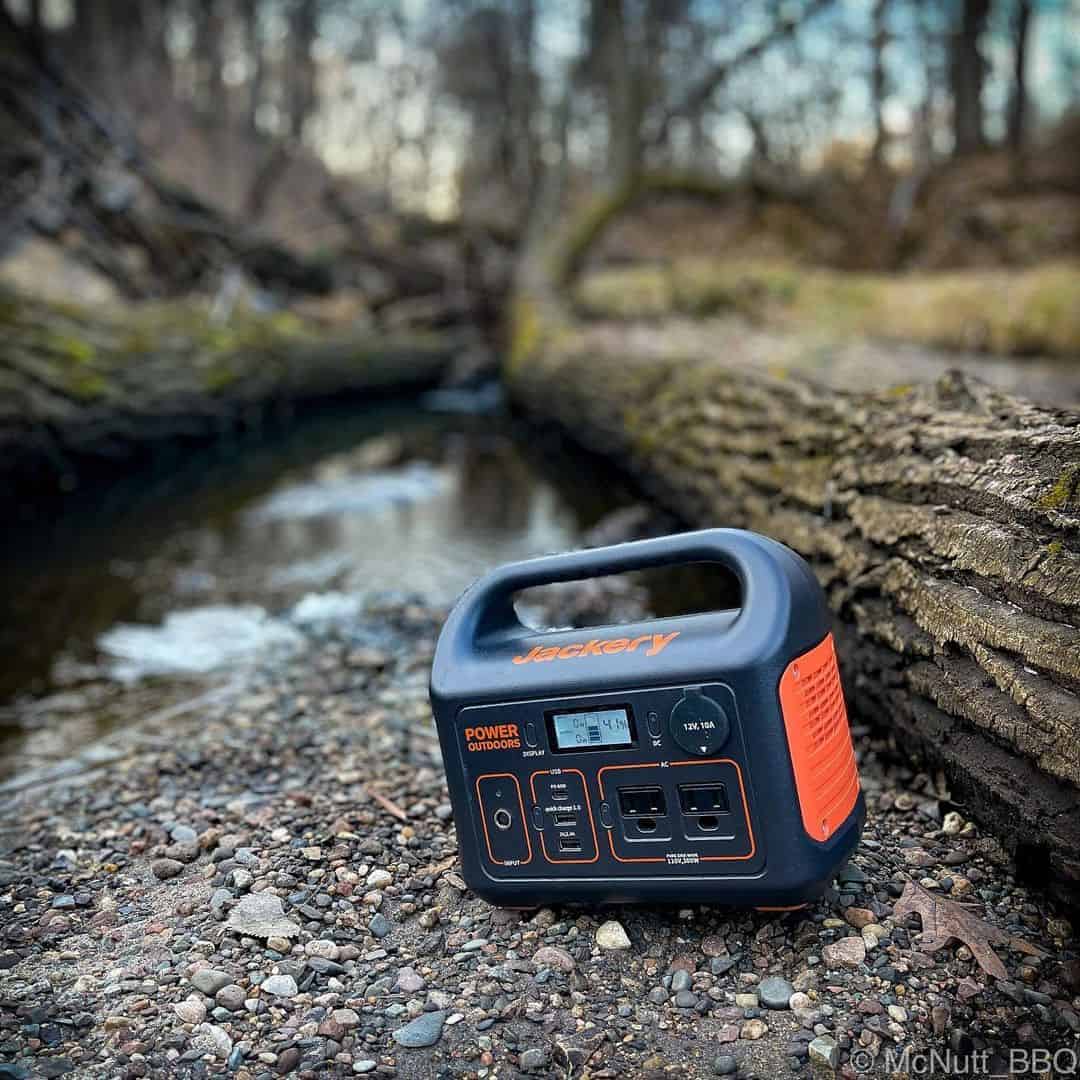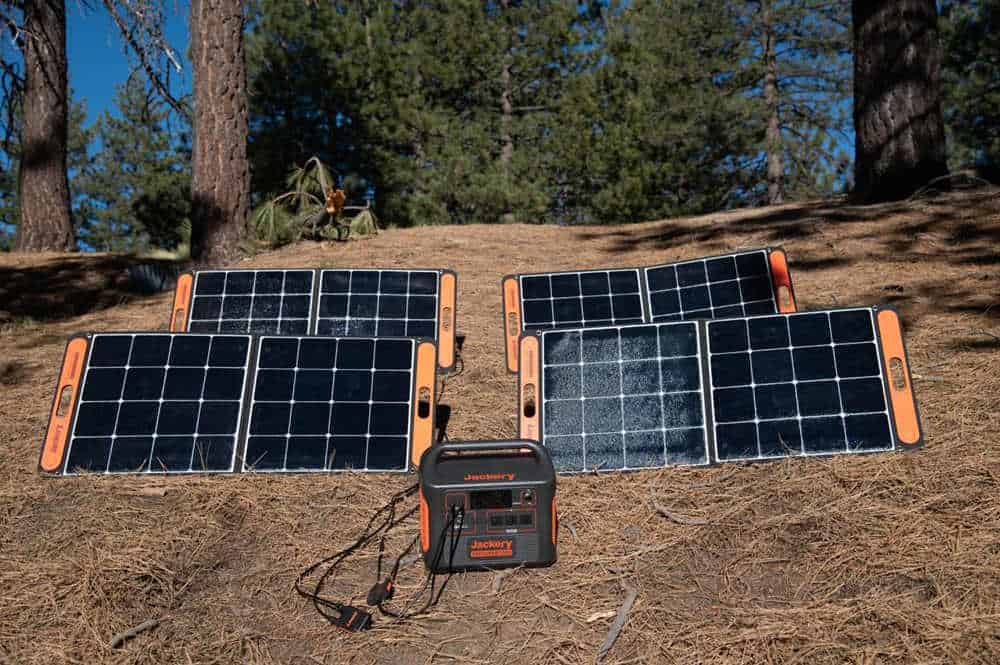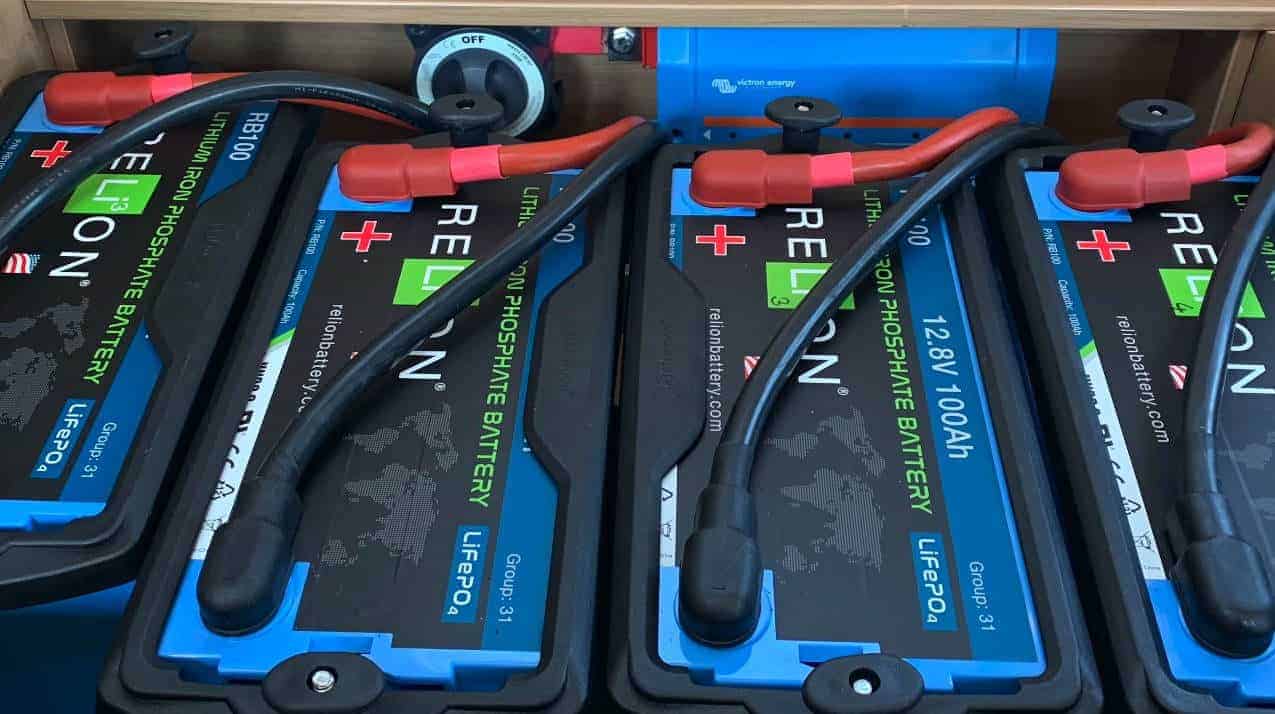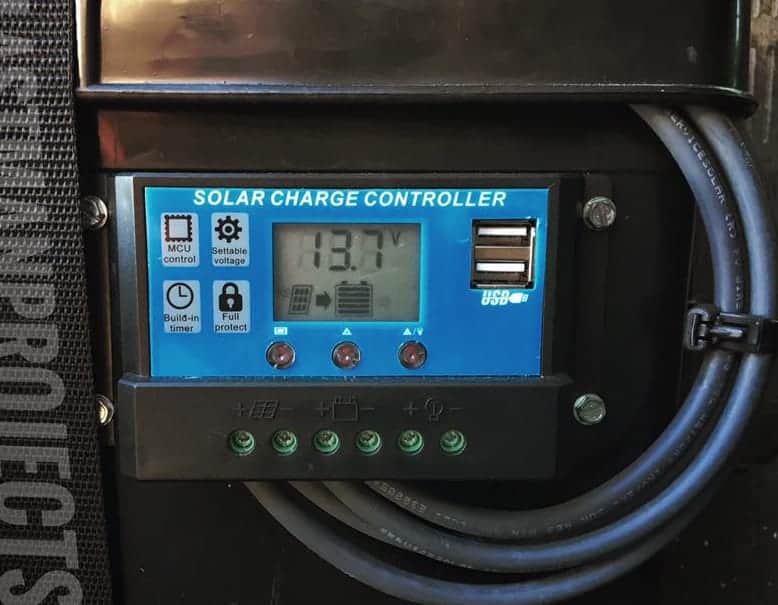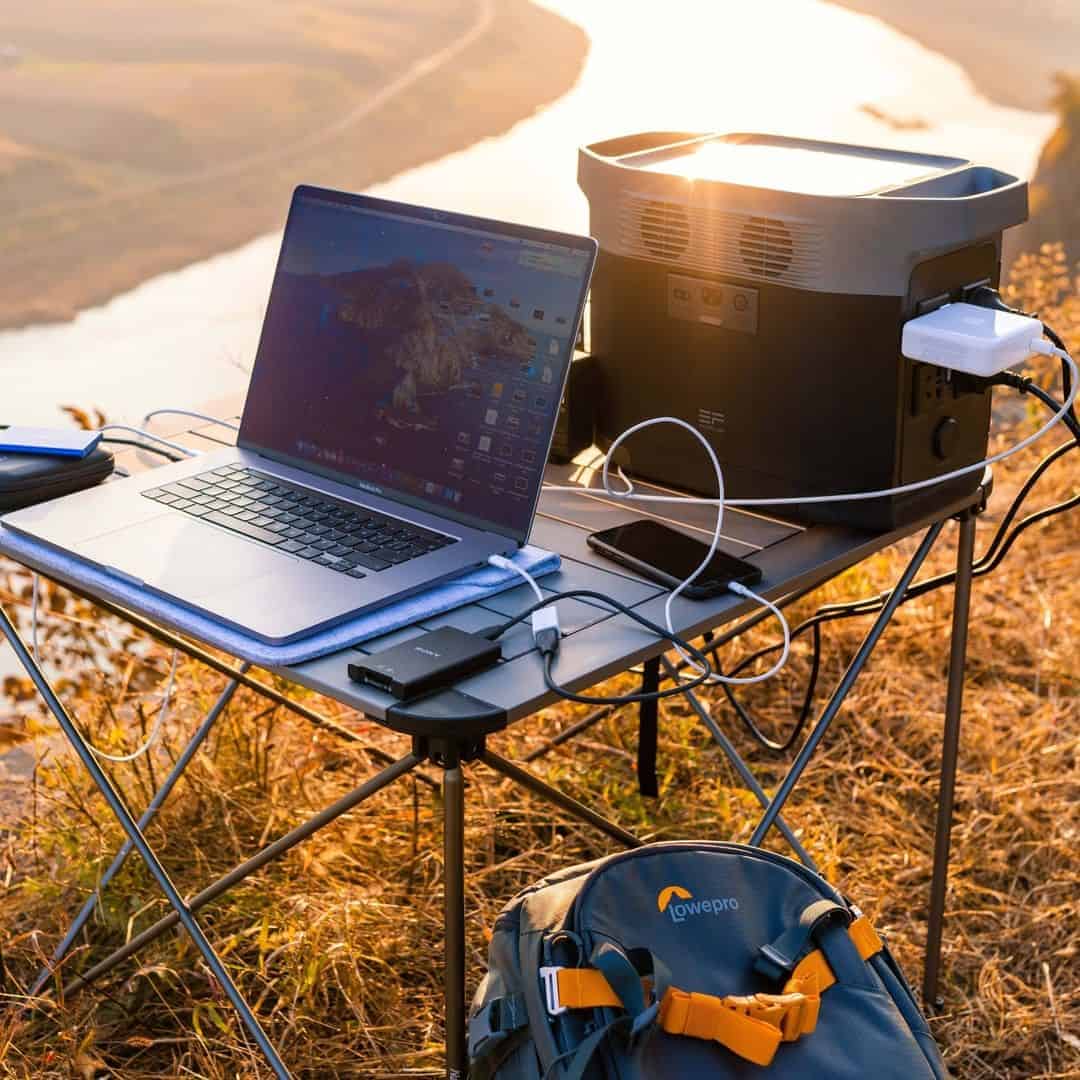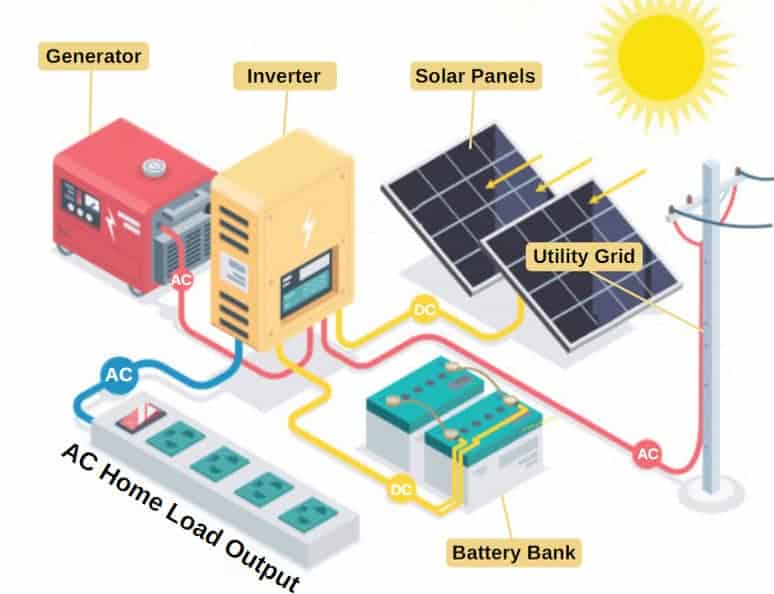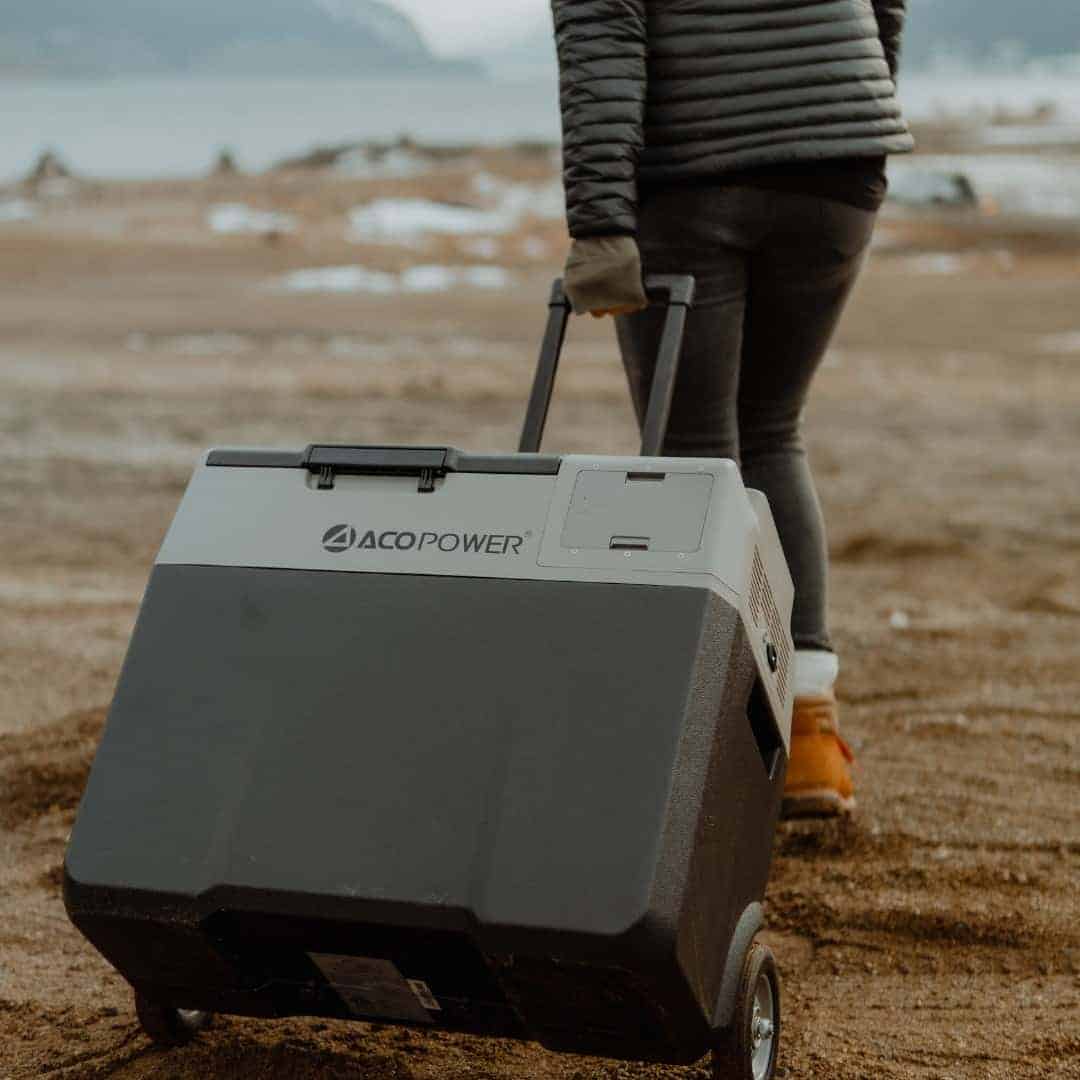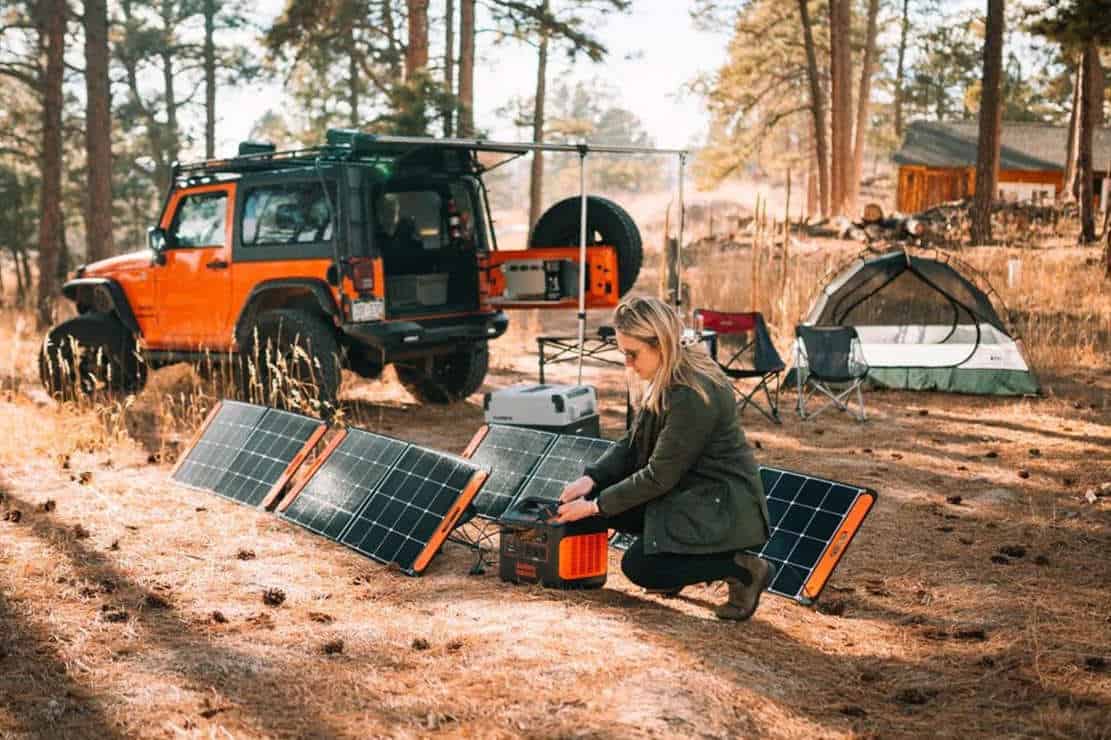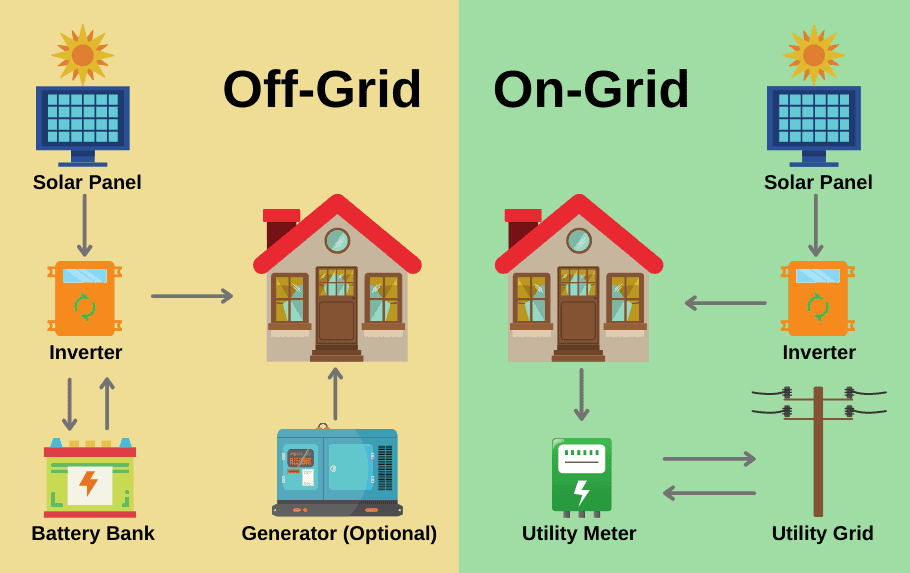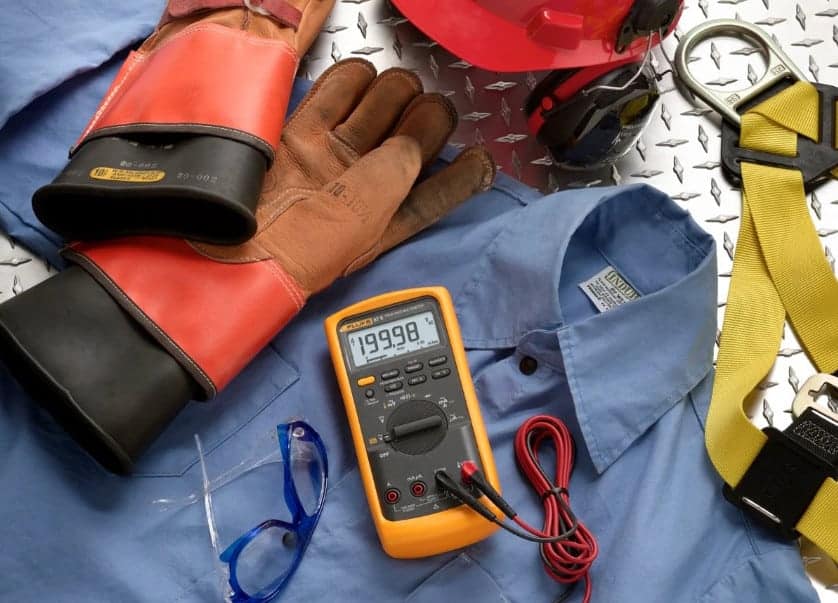A solar generator is a device that converts solar energy from the sun into electrical AC power, providing a portable and sustainable energy solution. Solar generators are an increasingly popular choice for those looking to reduce their reliance on non-renewable energy sources and achieve greater energy independence.
What is a Solar Generator?
A solar generator is a portable power system designed to harness solar energy and convert it into usable electricity. It typically consists of solar panels, batteries to store the generated power, a charge controller to regulate the charging process, and an inverter to convert the stored DC power into AC power.
Unlike conventional generators that run on gasoline or diesel, solar generators rely on clean, renewable energy from the sun. This makes them an eco-friendly alternative for providing backup power during emergencies, outdoor activities, or off-grid living situations.
4 Components of the Solar Generator
A solar generator is a device that gathers solar energy, stores it and converts it into usable electricity. It typically includes four key components: solar panels, battery storage, a charge controller, and an inverter. In this section, we’ll discuss each of these components and their roles in a solar generator’s operation.
Solar Panels
Solar panels are the main component responsible for capturing sunlight and converting it into electricity. They consist of photovoltaic (PV) cells made from silicon or other materials that produce an electrical current when exposed to sunlight. This process is called the photovoltaic effect. The generated electricity is sent to the battery for storage and later use.
There are two main types of solar panels used in solar generators:
- Monocrystalline – made from single-crystal silicon, has higher efficiency levels than polycrystalline ones
- Polycrystalline – consist of multiple silicon crystals, cheaper than monocrystalline panels, but with slightly lower efficiency
Battery Storage
The battery storage component of a solar generator is responsible for holding the electricity generated by the solar panels until it’s needed. The battery types commonly used in solar generators include lead-acid, lithium-ion, and nickel-metal-hydride. Each type has its own advantages and disadvantages, such as lifespan, capacity, and price.
| Battery Type | Lifespan | Capacity | Price |
|---|---|---|---|
| Lead Acid | 3-5 years | Low | Low |
| Lithium-ion | 10-15 years | High | High |
| Nickel-Cadmium | 5-7 years | Medium | Medium |
| Flow Battery | 10-20 years | High | High |
| Sodium-Nickel Chloride | 10-15 years | High | High |
Charge Controller
The charge controller is a critical component that manages the flow of electricity between the solar panels and the battery storage. It safeguards the battery from overcharging and ensures that the solar panels are operating at their maximum efficiency. The charge controller also prevents the battery from discharging electricity back to the solar panels when they’re not producing power.
Inverter
The inverter in a solar generator is responsible for converting the stored electricity from the battery into a form that your devices and appliances can use. Since the electricity stored in a battery is direct current (DC), the inverter must convert it to alternating current (AC), which is the type of electricity commonly used in households. The inverter’s efficiency and power capacity play a crucial role in the overall performance of a solar generator.
How Solar Generators Work
Solar Energy Conversion
Solar generators work by harnessing energy from sunlight through photovoltaic (PV) panels that capture and convert the energy into electricity. These solar panels contain photovoltaic cells, which generate direct current (DC) electricity when exposed to sunlight. This process essentially transforms the sun’s energy into usable electrical power.
Energy Storage
Batteries play a crucial role in solar generators as they store the DC electricity generated by the solar panels. The battery capacity dictates how much energy can be stored and used when sunlight is not available. The type and size of the battery also impact the overall efficiency and output of the solar generator.
Regulation of Energy Flow with Charge Controllers
Charge controllers regulate the flow of electricity from the solar panels to the batteries. They help maintain optimal battery charging and prevent overcharging or discharging, which can damage the battery and decrease its lifespan. Additionally, charge controllers ensure the solar generator operates efficiently and reliably.
Powering the Equipment
As most devices and appliances operate on alternating current (AC) power, rather than the DC power generated by solar panels and stored in batteries, an inverter is required. The inverter converts the stored DC power into AC power, allowing users to power their equipment.
Higher capacity solar generators, typically those with a higher wattage and more robust battery storage, can support larger devices such as refrigerators and televisions.
In contrast, smaller generators are more suitable for charging devices like smartphones, laptops, and tablets. The choice of solar generator largely depends on the power needs and requirements of the user.
Advantages and Disadvantages of Solar Generators
Solar generators are a popular choice for individuals and businesses seeking a portable and environmentally friendly power source. While they offer numerous benefits, they also have some limitations that need to be considered before making a purchase.
We will provide an overview of the advantages and disadvantages of solar generators. By understanding the pros and cons, you can make an informed decision about whether a solar generator is the right choice for your needs.
Pros of Solar Generators
From their portability to their scalability, solar generators offer numerous benefits that make them an attractive choice for a wide range of applications:
- Portable: Compact and lightweight, making them easy to transport and use in various locations.
- Quiet: Solar generators don’t produce any noise or emissions.
- Renewable: Won’t run out and doesn’t produce any emissions.
- Cost-effective: Solar generators can be a cost-effective solution for providing electricity in remote areas or for emergency backup power.
- Low maintenance: Solar generators require minimal maintenance, with most systems only needing to be cleaned periodically.
- Versatile: Can be used to power a variety of devices, including lights, appliances, and electronics.
- Energy independence: Allowing individuals and communities to generate their electricity and reduce reliance on traditional energy sources.
- Scalable: Solar generators can be scaled up or down depending on the energy needs of a home or business.
Cons of Solar Generators
While solar generators offer numerous benefits, there are also some drawbacks or cons to consider before investing in one:
- Weather-dependent: Solar generators rely on sunlight to charge their batteries, so they can be affected by cloudy or overcast weather.
- Initial cost: The initial cost of purchasing a solar generator can be relatively high.
- Limited power output: Compared to traditional generators, solar generators typically have a lower power output, which may not be sufficient for larger energy needs.
- Battery lifespan: The batteries in solar generators have a limited lifespan and will eventually need to be replaced.
- Charging time: It can take several hours to fully charge a solar generator, which may not be practical in emergencies.
- Environmental impact: While solar generators themselves are environmentally friendly, the manufacturing process can still have an impact on the environment.
- Compatibility issues: Some devices may not be compatible with a solar generator, especially those that require a higher wattage output.
- Storage limitations: Solar generators require adequate storage space
Applications of Solar Generators
Solar generators have a wide range of applications, providing clean and renewable energy for various purposes. This section explores some of the most common uses for solar generators, both in residential and commercial settings.
Residential use
Solar generators are widely used in residential settings for powering homes and reducing electricity bills. They are particularly popular in areas with abundant sunlight or as a means of providing backup power during power outages. Homeowners may choose to install compact or full-sized solar generators, depending on their energy needs.
Grid-tied systems
Grid-tied systems are solar generators that connect directly to the existing electrical grid. By connecting to the grid, these systems allow homeowners to sell excess solar-generated electricity back to the utility company, resulting in lower electricity bills and even earning credits or incentives.
Off-grid systems
Off-grid solar generators provide electricity independently of the main power grid. They are ideal for remote locations, cabins or homes that are not connected to the public power grid. These generators, combined with energy storage devices, can meet the energy demands of off-grid households around the clock.
Commercial and industrial use
Businesses and industries can also benefit from solar generators to reduce energy costs and promote sustainability. Commercial solar generators can power offices, factories, and warehouses, depending on the size and capacity of the system installed. Some businesses may choose to install smaller systems for areas like parking lots or walkways, while others opt for full-sized systems to provide power for the entire facility.
Emergency backup power
In situations where the main power grid fails, solar generators can serve as an essential source of emergency backup power. Hospitals, schools, and other critical infrastructure often rely on solar generators to ensure they can continue operating during power outages and natural disasters.
Outdoor and recreational activities
Portable solar generators are ideal for outdoor activities like camping, hiking, and picnicking, providing power for charging electronic devices, lighting, and small appliances. These generators are compact and easy to transport, giving users the convenience and freedom to access electricity in remote locations or on the go.
Maintenance and Troubleshooting
Regular Inspection and Cleaning
Ensuring the efficiency and longevity of your solar generator starts with regular inspections and cleaning. Solar panels must be kept clean and free of debris, as dust and dirt can reduce the amount of sunlight converted into electrical current.
Use a soft brush or cloth and water to clean the solar panels periodically, making sure to remove any accumulated dirt, leaves, or bird droppings. In addition, regularly inspect connections and wires for signs of wear, corrosion, or damage, and replace any faulty components as needed.
Battery Care and Replacement
Proper battery maintenance plays a crucial role in the performance of a solar generator. Batteries should be partially discharged and not exceed 50% capacity to maintain their lifespan.
If using lithium-ion batteries, you will not need to maintain them, making them relatively low maintenance. However, it is essential to monitor the battery’s state of charge and replace it when its capacity starts to decline or fails to hold a charge.
Identifying and Resolving Common Issues
When troubleshooting solar generator issues, start by checking the solar panels for damage, poor connections, or inadequate sunlight exposure. If the problem persists, inspect the battery and inverter, ensuring they are functioning properly and safely.
For issues related to the electrical loads, you can use tools like the Fluke 393 FC Solar Clamp Meter to check fuses, breakers, and load switches, as well as measure the proper voltage at the load’s connection.
Keep a record of any errors, faults, or performance issues, as this information can help diagnose and resolve problems more efficiently. If you’re unable to identify or resolve the problem, consult a professional, as incorrect troubleshooting practices can cause further damage to your solar generator system.
Conclusion
As the world continues to look for sustainable energy solutions, solar generators are proving to be a valuable asset. Harnessing solar energy not only reduces our dependence on fossil fuels but also contributes to a cleaner environment.
By understanding the workings of a solar generator, we can make more informed choices when selecting alternative energy options for residential and commercial applications.

